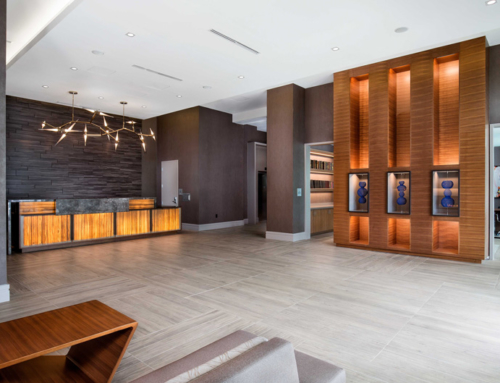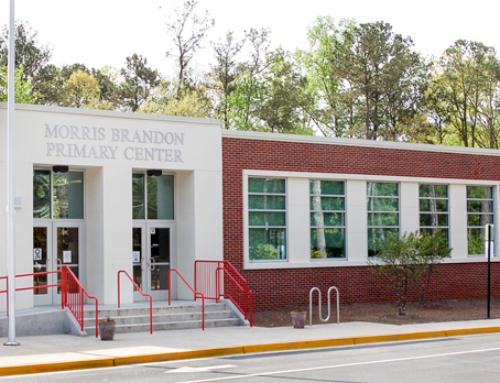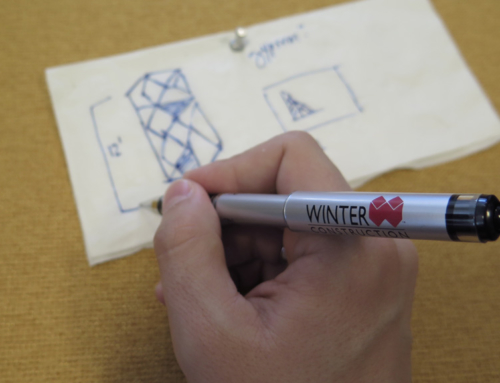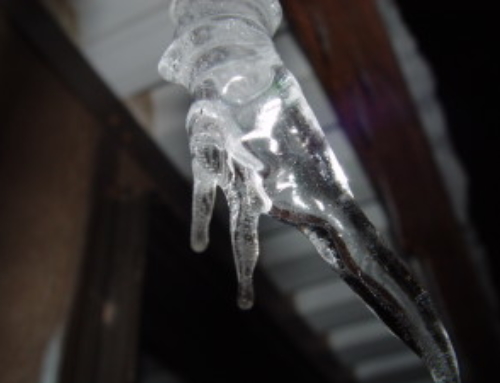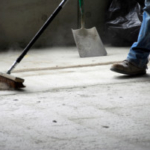
Construction projects can get messy. Building materials, dust, tools: All of these things are required in order to get the job done, but they can also be sources of clutter and potential job site hazards. Safety is always a top priority, and a clean job site is an essential part of ensuring it. A clean job site is important when working on any project — but it’s especially crucial on K-12 education projects, particularly when classes are in session.
1. In-Progress Cleanup
Because of the inherent nature of construction, if cleanup is neglected the job site can quickly become a hazard zone. Nails, screws, sharp tools, cement dust: These are only a few of the things must be carefully controlled on projects that are carried out in close proximity to students. Every job site should have strict cleanup protocols that include at least three tiers:
- Scope-specific Cleanup
- Every subcontractor on-site is expected to clean up their work area before moving on to a new one.
- A Designated Laborer for General Cleanup
- Every site should have a designated employee who is responsible for taking care of general cleanup that is not scope-specific and thus not managed by the crews. This includes, for example, dust control.
- Superintendent Supervision
- The superintendent walks his or her site regularly in order to ensure that the safety and cleanliness standards are.
2. Clean Materials
A clean job site is one that is free from construction hazards and one that leaves behind clean, safe air. Building materials such as certain paints and caulks, may give off harmful fumes from VOCs, which can linger in the air for as long as six to 12 months. If schools are constructed with certain hazardous materials, the environment may cause sick-building syndrome in its new inhabitants – our children.
-
- Before utilizing any building material, the general contractor should review all product data to ensure it meets Volatile Organic Compound (VOC) requirements to maintain suitable indoor air quality (IAQ).
- Indoor air quality standards are set by LEED, and many schools that are not LEED-certified choose to adhere to these standards anyhow to protect the health of their students, faculty and staff.
3. Post-Construction Cleanup
Although delivering a clean building begins during the construction process, it continues to the very last stage: the final cleanup.
Before a finished project is turned over to its owner, the general contractor must either perform or hire specialists to do a thorough final cleanup. This process not only ensures that all construction materials and dust are swept up, but that all requirements for final use are met. For example, Atlanta Public Schools require eight coats of wax to be applied to all school floors before newly constructed or renovated spaces are opened to staff and students. In this case, waxing the floors takes place as part of the final cleanup. Only cleaning products and techniques that are compatible with those that will be used in the ongoing maintenance of the building should be used at this stage.
A clean job site means a site that is safe during construction, and safe for those who will use the building after construction is complete. Safety is always a top priority, as is delivering a quality product. Keeping the site – and the air – clean is of the utmost importance.


